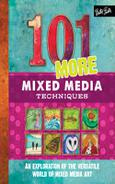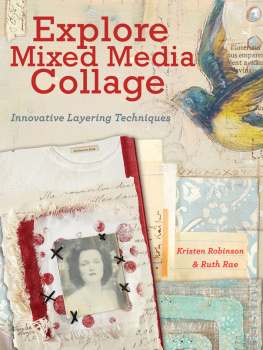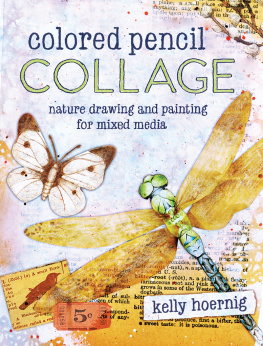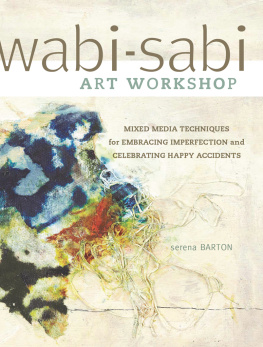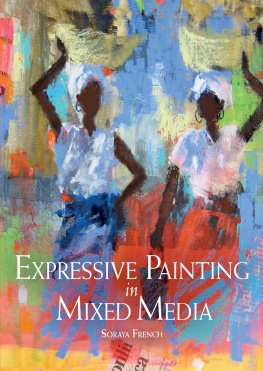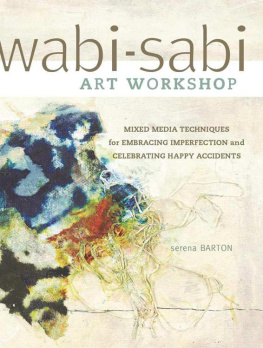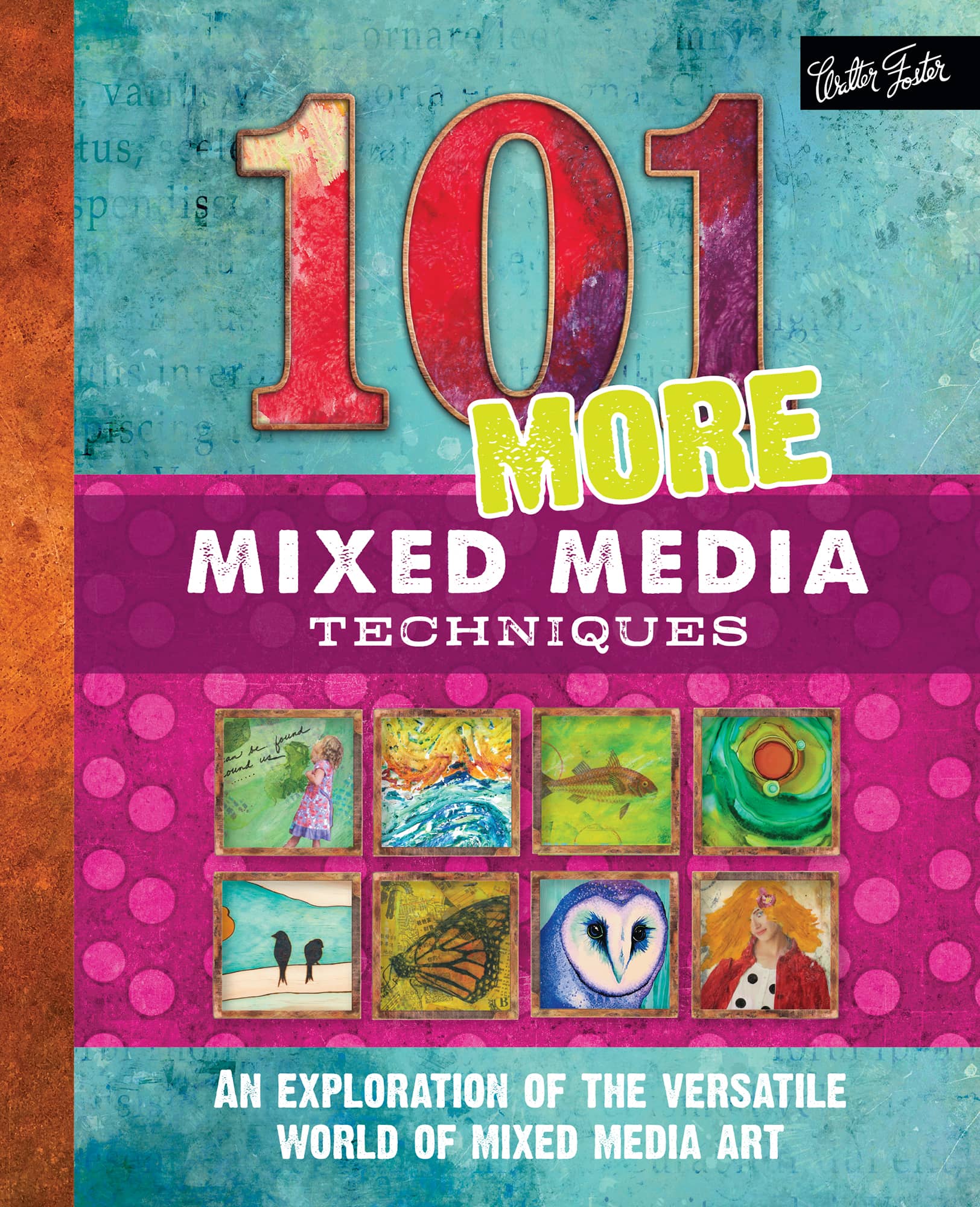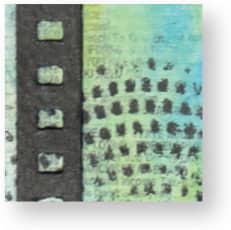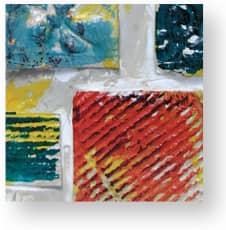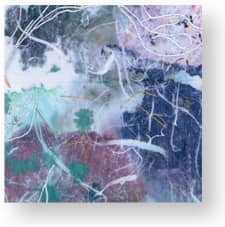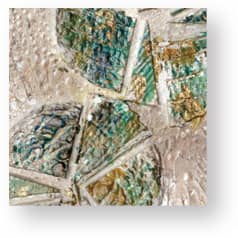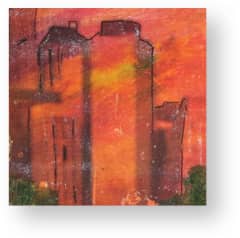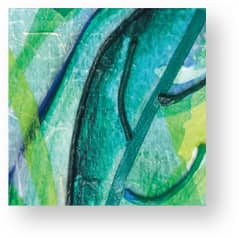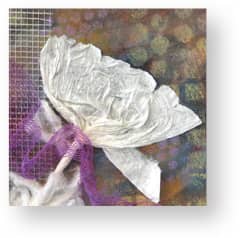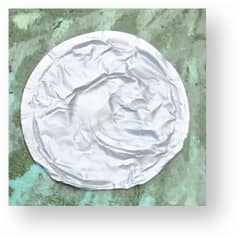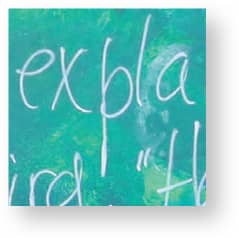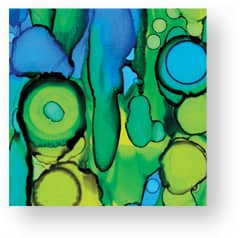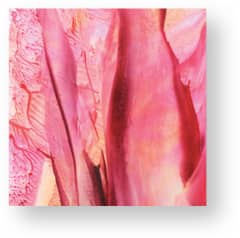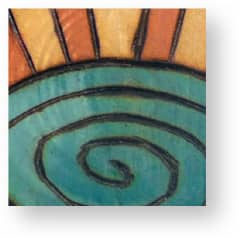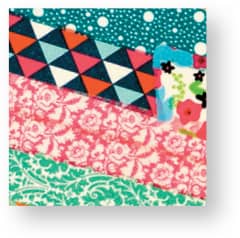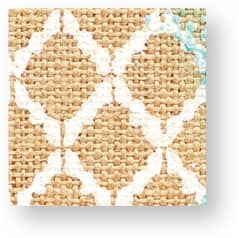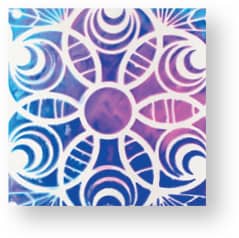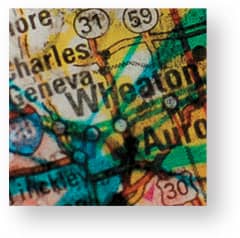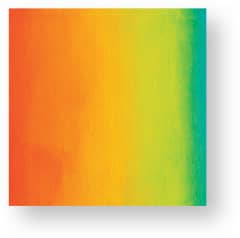Introduction
Not all those who wander are lost. J.R.R. Tolkien
W Wonder
A Assemble
N Nurture
D Discover
E Experiment
R Refine or Relax
This describes how I feel about art. As an artist, I am not bound to one path or destination. Its more about the journeywhat I discover, how I explore, and who I become along the way.
A beautiful work of art may be the desired destination, but it is the process itself I adore most. I love to WANDER.
Wonder: Im inspired by the wonder of experiences, such as music, nature, and emotion. Sometimes my wonder is simpler: I wonder what a purple owl would look like?
Assemble: I assemble tools and supplies, or at least what I suspect Ill need. The list almost always changes.
Nurture: I nurture my inner child by playing. Occasionally, I have to remind myself to do this. Just let go!
Discover: Through playing, I discover a new technique or the direction I want to go with a specific piece.
Experiment: I feel like a mad scientist in a laboratory when creating because I experimentalways. I may learn how not to do something, or I may devise a unique procedure or style.
Refine or Relax: I have to make a decision, which is often the most difficult part for me. Does a piece need more layers or detail? If so, refine. Does it work as is? If so, relax! Dont overwork it.
Creating with mixed media allows me to enjoy and constantly learn from my journey. There are no rules, and the possibilities are limitless. I am free to wander, and so are you!
Monica Moody
How to Use This Book
In this book youll find instructions and inspiration for 101 mixed-media techniques. You can use these techniques individually or combine as many as you wish to create mixed media art.
Each section includes a list of the materials youll need for the techniques in that section. Review the techniques before you get started to ensure you have the proper materials. But remember: Mixed media is a flexible art form. If you dont have an item listed, use your imagination and see if you can find something else to use!
There are 17 sections of techniques in the book. You can mix and match from any of these sections to create unique works of art:
Borders & Edges
Embossing & Casting
Drips, Drops & Sprays
Aging & Antiquing
Pens, Pencils & Pastels
Yarn & String
Fabrics & Fibers
Using Metals
Resists & Masking
Alcohol Inks
Watercolor Monotypes
Pyrography
Washi Tape
Alternative Surfaces
Spray Ink
Ephemera
Borders & Edges
with Cherril Doty & Marsh Scott
Artists often ignore the edges of their works; however, borders and edges can enhance certain themes or create a unique frame. Adding borders or otherwise finishing off the edges of a work also creates visual interest in a piece.
Materials
Substrates (with or without completed artwork)
Ruler
Variety of edging scissors (pinking shears, fabric shears, edge-cutters)
Rotary cutter or paper trimmer
Watercolor paper
Container of water
1 brush
Old cookie sheet or baking pan
Lighter
Acrylic paints
Acrylic medium
Acrylic gel
Painters tape
Assorted printed papers
Deli paper
Sea sponge
Used dryer sheets or dry baby wipes
Cosmetic sponge
Blunt, short-bristled brush
Rub n Buff or gilders paste
Cut, Torn & Colored Edges
Cut and Torn Edges
Tearing: This can be done with wet or dry paper. Dry tearing creates an even edge, whereas wet tearing creates a deckled effect. For wet tearing, watercolor paper works best.
Cutting: Hard edges are created using a mat knife, rotary cutter, or paper trimmer. When cutting, cut along the outside of the ruler so the artwork will not be damaged. Thick, textural pieces may take several cuts.

